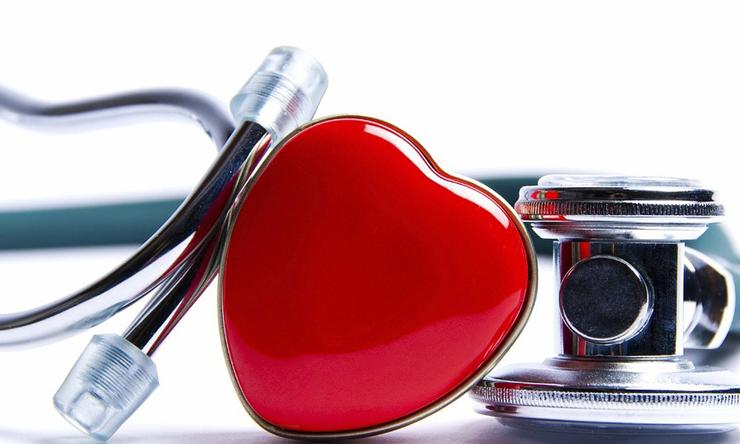Back to basics for heart health
Baylor College of Medicine say the first step to taking control of your health and preventing cardiovascular disease is understanding the basics and what they represent for your heart.
Dr. Christie Ballantyne, professor of medicine and chief of the section of cardiology at Baylor College of Medicine, explains:
Cholesterol
Cholesterol is naturally occurring in the body and is important for proper cell and hormone function; in addition to being absorbed in the diet, cholesterol is made in the body, and the liver is a key organ for cholesterol metabolism. Cholesterol is carried through the blood stream by lipoproteins – low-density lipoprotein (LDL, or "bad" cholesterol) and high-density lipoprotein (HDL, or "good" cholesterol). Optimal levels can depend on age, sex or other health factors so it is important to talk to your doctor to understand your risk of heart disease or stroke.
LDL Cholesterol & HDL Cholesterol
LDL cholesterol is known as the “bad” cholesterol because it is responsible for clogged arteries. Optimal LDL cholesterol levels are less than 100 mg/dL. HDL cholesterol is considered the “good” cholesterol because people with higher levels have less heart disease. Optimal levels are considered 60 mg/dL or higher, and low HDL cholesterol of less than 40 mg/dL is a marker of increased risk for heart disease.
Triglycerides
Triglycerides are a type of fat (lipid) that are used to transport and store energy. Less than 150 mg/dL is considered healthy, and more than 200 mg/dL is high.
Overall, healthy total cholesterol levels, which includes LDL cholesterol, HDL cholesterol and triglycerides, are less than 200 mg/dL.
Systolic and Diastolic
When blood pressure is measured, there is a set of numbers presented that reflect how blood is flowing to and from the heart. The systolic reading (the number at the top of the ratio) shows the force in the artery when blood is being pumped out of the heart. The diastolic reading (the number at the bottom of the ratio) is the force in the artery when the heart is relaxing.
A healthy blood pressure reading is generally around 120/80 mmHg. Hypertension, or high blood pressure, is usually defined as blood pressure over 140/90 mmHg.
What to do next?
Knowing these numbers is a good place to start to understand your individual risk, but your doctor will be able to decide what to do next – how to adjust your lifestyle or what type of treatment is best for each individual.
Seeing a doctor regularly is important because there are many risk factors that increase the chance of cardiovascular disease. Those include smoking, physical inactivity, obesity or a diet high in saturated fats and simple sugars.
Ballantyne is also director of The Maria and Alando J. Ballantyne, M.D. Atherosclerosis Clinical Research Laboratory, director of the Center for Cardiovascular Disease Prevention at the Methodist DeBakey Heart and Vascular Center and co-director of the Lipid Metabolism and Atherosclerosis Clinic at Houston Methodist Hospital.










